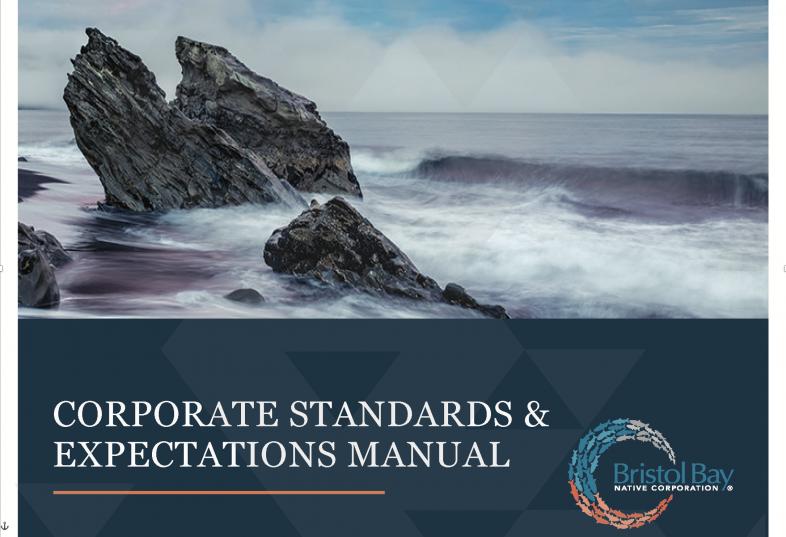
Corporate standards & expectations manual
You can hover over the circles below to view an abbreviated version of the Corporate Standards & Expectations.
Click the image above to view the entire Corporate Standards & Expectations Manual.
If you have questions on any of the standards or expectations, please feel free to reach out to the BBNC Compliance Department at compliance.bbnc.net.
information technology
Department Head: RC Woodson, Vice President of IT & Chief Information Officer
Enterprise-wide Policies
Corporate Expectations
- Ensure adequate and appropriate data privacy and security to protect against unauthorized disclosure.
- Manage various IT networks
- Provide technical support and assistance to employees
- Support and advise on IT applicable development
- Provide strategic innovation and support to leadership
- Develop, implement, test and periodically update a disaster recovery business continuity plan, including identification of when to escalate to Corporate
Corporate Resources and Support
- Quarterly conference calls
- IT Strategic Planning
- Infrastructure Planning and Management
- Individual assistance requests to BBNC CIO
Records Management
Department Head: Nellie Phillips, Records & Information Manager
Enterprise-wide Policies
Corporate Expectations
- Develop, implement, and maintain a Records and Information (RIM) Policy in alignment with ISO 15489-1, ISO 30301 and relevant industry-specific standards
- With the approval of the BBNC Records and Information Manager, destroy inactive records that have met the document retention period, as prescribed in the Records Retention Schedule, and are not subject to a document hold
Enterprise-wide Resources
- OpenText: Hard Copy and Electronic Records Management System
Corporate Resources and Support
- Support the creation and management of a records and information management program
